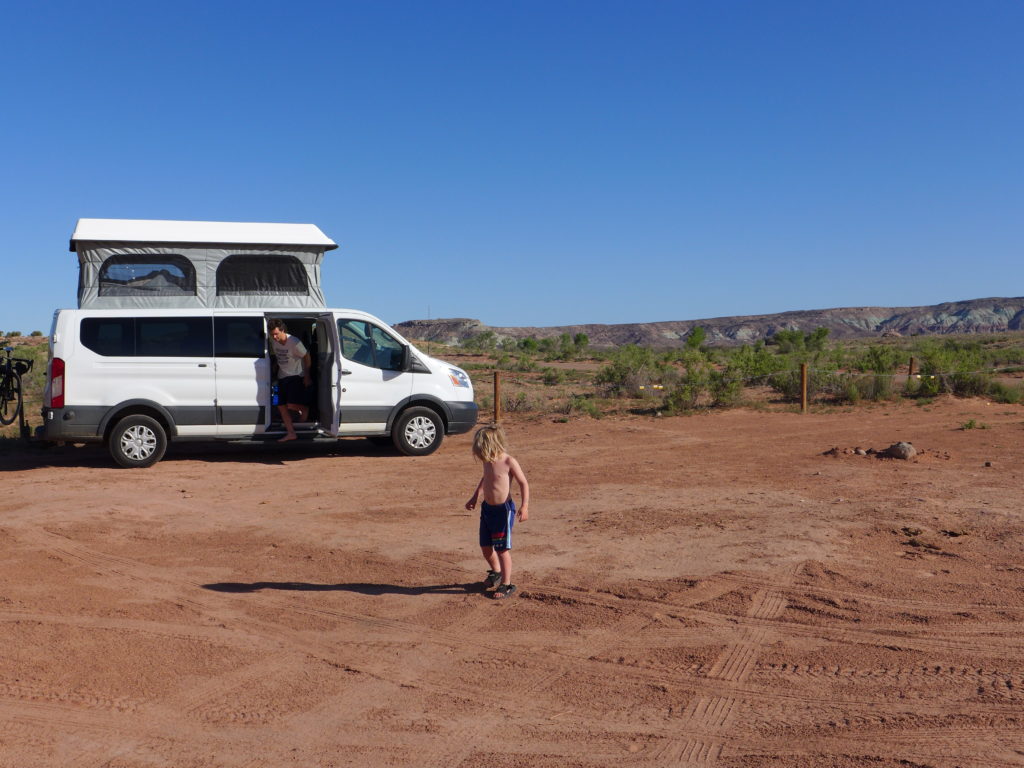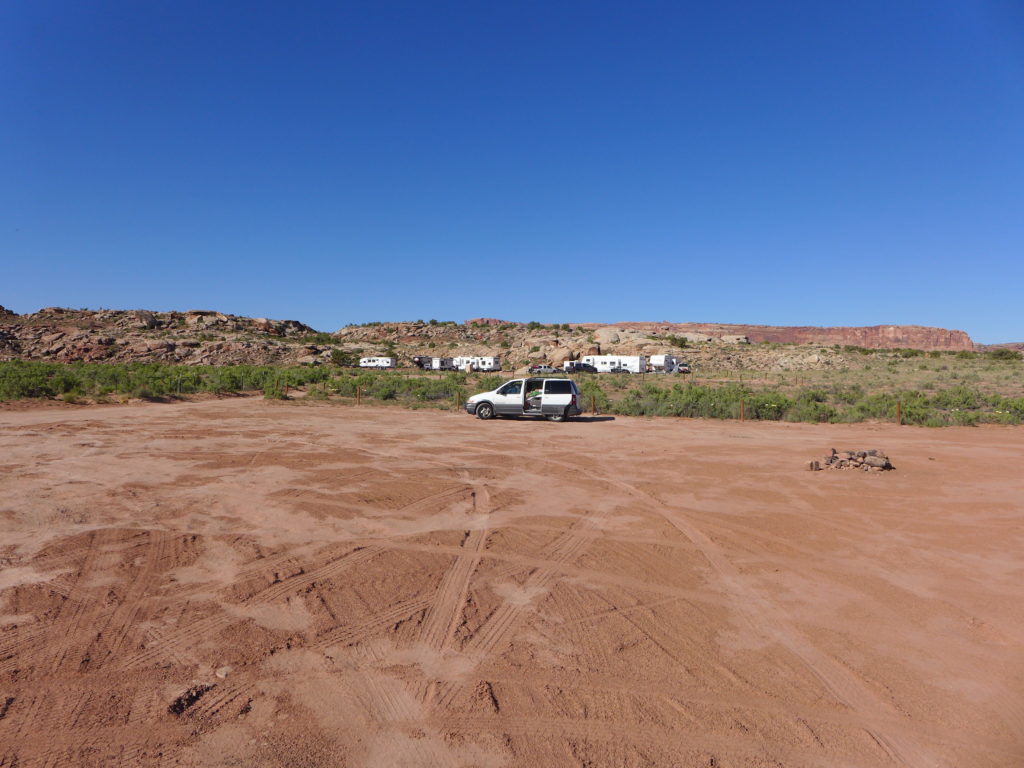This May we’ve been doing a series of travel posts as both a kick-off to summer and as a bit of inspiration to get out there and explore. This June, we’re continuing the travel theme, but with a focus on camping!


Have you camped on Bureau of Land Management (BLM) land? If you’re from the east coast (like us), you may have no clue what I’m talking about. If you’re from the west, this plethora of camping awesomeness may be nothing new to you.
What is BLM land?
These are undeveloped public lands managed by the BLM. Some of the land may be leased for resource extraction (mineral, forestry, etc.). Some areas may be open to hunting. And, often, the land is open to a variety of recreation opportunities (mountain biking, hiking, camping, etc.).

Because there are so many uses for BLM land, it’s important to read all signs and even check in with online and in-person resources if you aren’t sure about a location. For example, this map provides much more detail and shows you which administrative office are managing public lands in the western US. When looking for dispersed camping (more on that below), we’re often looking for easy-to-access sites on the light orange BLM land.
The catch with using any most BLM land is that these are undeveloped areas without any amenities. For whatever activity you’re doing, you have to arrive with everything you need for your trip (including water). You have to clean up after yourself (pack it in, pack it out). And you have to be ready to dig a hole for any stinky business (you know what I’m talking about). There are some exceptions to this standard, and I’ll mention our experience below.

Camping on BLM Land
We love BLM land for its camping opportunities. There are usually plenty of sites and it’s often free! I know.
There are two main categories of camping on BLM land : developed campgrounds and dispersed campsites. Here’s a quick guide from BLM for camping at either type of site.
The developed campgrounds are what you would expect. They have designated numbered sites, some sort of latrine, and you will have to pay for your camping (often at a self-serve station, so bringing cash or a check is helpful). These sites don’t take reservations, but are filled on a first-come-first-served basis.
Dispersed sites are free. There are many established dispersed sites on BLM land, and that’s what they want you to use (as opposed to creating your own camp site). The sites are usually just a rustic pull-off from a dirt road. A clear sign that you have found a site is when you see the existing fire ring. You’ll want to make sure that you’re camping at least 200 ft away from any bodies of water, and you definitely want to manage your waste properly.

We have a super simple method of finding BLM campsites.
- Look for BLM land in the area where you want to camp. If there isn’t any BLM land, you’re probably living on the east coast ;-).
- Use this site to find free campsites within that area of BLM land. FreeCampsites.net is an awesome resource. You can read reviews of the sites from previous campers, and some even include a few photos.
- If you can, find information about accessing the site you want during the season you’re going. For example, some sites may be inaccessible after huge snow or rainstorms. Others are only accessible on foot or with 4WD. But don’t let that deter your search; there are plenty that are easily accessible by car or van.

BLM Camping near Moab
Last week we camped along Willow Springs Road just outside of Moab. The road is packed with easily accessible BLM campsites. In addition to these sites, there are more sites off of Klondike Bluffs and the Dalton Wells area.
Because this is such a popular area, it isn’t completely unmanaged. There are a few porta-potties along the road, and there’s a permanent bathroom at the end of the line. There are also clearly designated camping zones and other areas that are roped off to control where people camp.
From the photos above, it looks like we camped by ourselves, but if you turned to the right, surprise! There were multiple groups of 5+ campers each with trucks and most with dune buggies. There were also a few people in tents, and others just camping out in their cars for the night.
We were camping in late May, which I’m sure is just the start of a busy camping and tourist season in this area. So while this area was no where near capacity, I’m sure it could get pretty full on a busy summer weekend.


While this method of no-reservation no-site number camping may seem foreign to many, we encourage you to give it a try. Don’t be deterred by the lack of paved road and lack of authority. Other campers are there for the same thing you are : to find an adventure and enjoy time outdoors.
These are public lands, and they are there for you to enjoy! If you have any questions, or any tips on amazing BLM campsites, send us a note.
